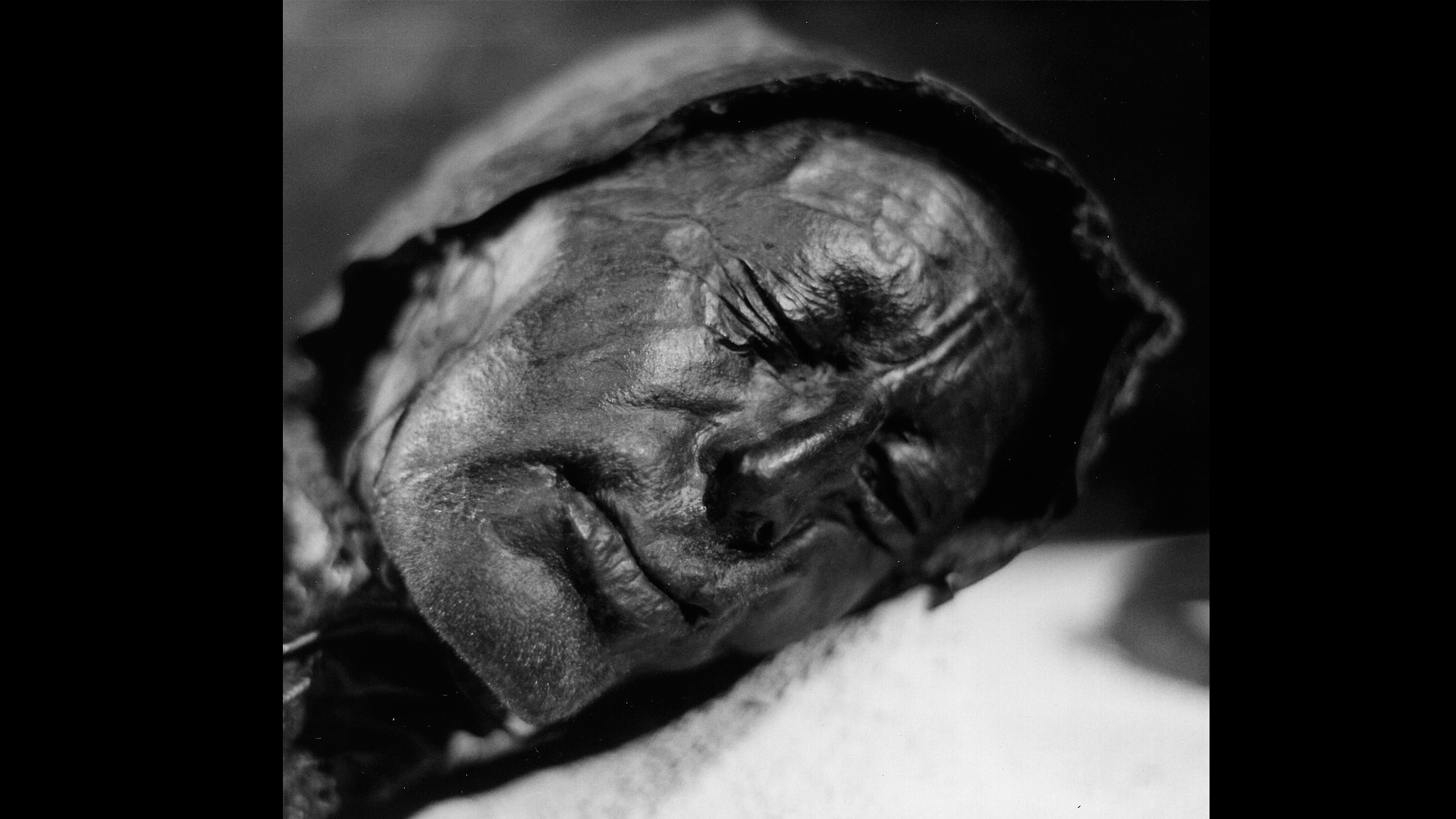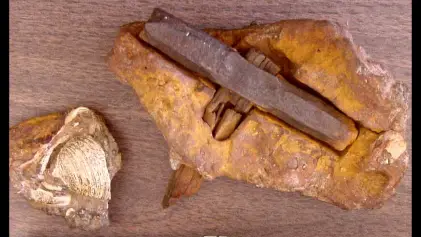 the realm of unsolved mysteries, few cases are as bewildering as that of Peter Reyn-Bardt. After confessing to the murder of his wife, investigators were left astounded when the corpse they discovered turned out to be over 1,600 years old. This baffling turn of events raises questions about the nature of time, the reliability of confessions, and the enigmatic circumstances surrounding this ancient corpse. In this article, we delve into the perplexing case of Peter Reyn-Bardt, exploring the events that unfolded, the implications of the discovery, and the unanswered questions that continue to confound investigators.
the realm of unsolved mysteries, few cases are as bewildering as that of Peter Reyn-Bardt. After confessing to the murder of his wife, investigators were left astounded when the corpse they discovered turned out to be over 1,600 years old. This baffling turn of events raises questions about the nature of time, the reliability of confessions, and the enigmatic circumstances surrounding this ancient corpse. In this article, we delve into the perplexing case of Peter Reyn-Bardt, exploring the events that unfolded, the implications of the discovery, and the unanswered questions that continue to confound investigators.
The Confession and the Startling Discovery
In a shocking twist, Peter Reyn-Bardt, a seemingly ordinary husband, confessed to the murder of his wife during a police investigation. Startled by the confession, authorities diligently searched for evidence to corroborate his claims. To their astonishment, they unearthed a corpse buried on the couple’s property. However, the subsequent analysis revealed that the corpse dated back over 1,600 years, casting doubt on Reyn-Bardt’s confession and raising a host of perplexing questions.
The discovery of the ancient corpse adds a layer of complexity to the case, suggesting the existence of a much deeper mystery that transcends the boundaries of time. Investigators now find themselves grappling with the task of unraveling the truth behind this seemingly inexplicable conundrum.
Unraveling the Enigma: Investigative Challenges and Historical Context
The revelation of the ancient corpse in Peter Reyn-Bardt’s case presents investigators with numerous challenges. Forensic analysis and archaeological expertise are required to determine the origin and identity of the body. The corpse’s preservation, burial rituals, and any associated artifacts offer vital clues to understand its historical context and the circumstances surrounding its interment.
Historical research becomes an essential tool in shedding light on potential connections between the corpse and the Reyn-Bardt family. Unearthing the history of the property, its previous occupants, and any historical events in the area could provide valuable insights into the mystery at hand. Piecing together fragments of the past becomes crucial in the pursuit of unraveling the truth behind this perplexing case.
The Nature of Confessions and the Passage of Time
Peter Reyn-Bardt’s confession, though initially startling, now raises fundamental questions about the reliability and validity of confessions in light of the discovery of the ancient corpse. It highlights the complex interplay between human memory, the fallibility of perception, and the unreliability of confessions as a sole basis for criminal convictions.
This case also prompts deeper reflection on the nature of time and the potential existence of phenomena that transcend our understanding. Could it be that Reyn-Bardt, whether knowingly or unknowingly, tapped into a historical event or an alternate timeline? The intermingling of ancient remains and a modern confession forces us to confront the limits of our knowledge and the mysteries that lie beyond our comprehension.
Unanswered Questions and the Quest for Truth
The case of Peter Reyn-Bardt and the 1,600-year-old corpse leaves investigators and curious minds alike with a multitude of unanswered questions. What is the connection, if any, between Reyn-Bardt’s confession and the ancient remains? How did the corpse come to be buried on the property? Is there a hidden history waiting to be uncovered, or is this an inexplicable convergence of disparate events?
In the pursuit of truth, this perplexing case challenges us to explore new avenues of investigation and encourages interdisciplinary collaboration between archaeologists, historians, forensic experts, and even experts in quantum physics or the metaphysical. By pooling resources and knowledge, we may inch closer to unraveling the enigma that lies at the heart of this extraordinary convergence of past and present.
The case of Peter Reyn-Bardt and the 1,600-year-old corpse stands as a testament to the mysteries that lie beyond our comprehension. It challenges conventional notions of time, memory, and the reliability of confessions. As investigators delve deeper into this perplexing case, the search for truth becomes an ongoing journey that requires an open mind, interdisciplinary collaboration, and an insatiable curiosity to uncover the secrets that transcend the boundaries of time itself.
Avid Writer with invaluable knowledge of Humanity!
Upcoming historian with over 30 million views online.
“You make your own life.”





